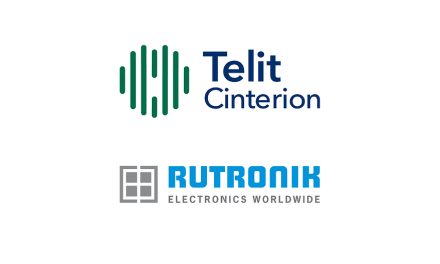New CEVA-XC5 and CEVA-XC8 vector processors deliver unprecedented power and performance efficiencies for cost-optimized, low data rate applications

CEVA introduce two new power and cost-optimized communication processors designed specifically to address the growing demand for multimode connectivity solutions for the Internet of Things (IoT) and Machine-to-Machine (M2M) applications.
The CEVA-XC5 and CEVA-XC8 DSP vector processors are the smallest and most power-efficient members of the CEVA-XC architecture, supporting the full range of emerging cellular protocols such as LTE MTC Cat-1, Cat-0 or Cat-M, as well as the suite of Low Power Wide Area Network (LPWAN) standards such as Lora, SigFox and Ingenu. In addition, the processors are highly optimized to deal with other IoT-related communication standards, including Wi-Fi 802.11n, PLC, 802.15.4g, ZigBee/Thread, GNSS or any emerging protocols such as NB-IoT and Wi-Fi 802.11ah. Target applications include wearalone wearables, smart grid, surveillance systems, asset tracking, remote monitoring systems, connected cars and smart utilities.
”Designers of multi-standard, low data rate LTE-capable devices have two priorities: minimizing cost and power,” commented Linley Gwennap, principal analyst at The Linley Group. “With the CEVA-XC5 and CEVA-XC8, CEVA has leveraged its industry-leading position in communications DSPs to deliver the small die size and high power efficiency that these designers need for IoT and other applications.”
The CEVA-XC5 and CEVA-XC8 deliver exemplary power efficiency for even the most cost-, power- and die-size-constrained devices thanks to improvements in the CEVA-XC architecture that have resulted in a 20% memory size reduction and the capability to allow multiple PHYs and MACs to run concurrently on the same processor with much reduced overhead. Specifically, the CEVA-XC5 DSP is 40% smaller than any previous generation CEVA-XC processor and deploys an IoT-optimized Power Scaling Unit (PSU) which enables it to achieve up to 70% lower dynamic power consumption. This power reduction is a result of specialized elements within the PSU which allow the DSPs to take advantage of new Cat-0 and Cat-M features such as Power Saving Mode (PSM) and long DRX.
Michael Boukaya, vice president and general manager, Wireless Business Unit at CEVA commented: “The introduction of our CEVA-XC5 and CEVA-XC8 DSPs enables our customers to develop modems for IoT and M2M applications with outstanding power and area characteristics and a very long service life. These latest additions to the CEVA-XC family build on our long heritage with DSPs for communication processing and mark another important step in our strategy to enable everything ‘smart and connected’.”
The CEVA-XC5 and CEVA-XC8 DSPs come with complete DSP, LTE and legacy cellular software libraries, as well as a unified software development environment. The processors are available for licensing today and are already in design for low power wireless platforms. For more information, click here.


